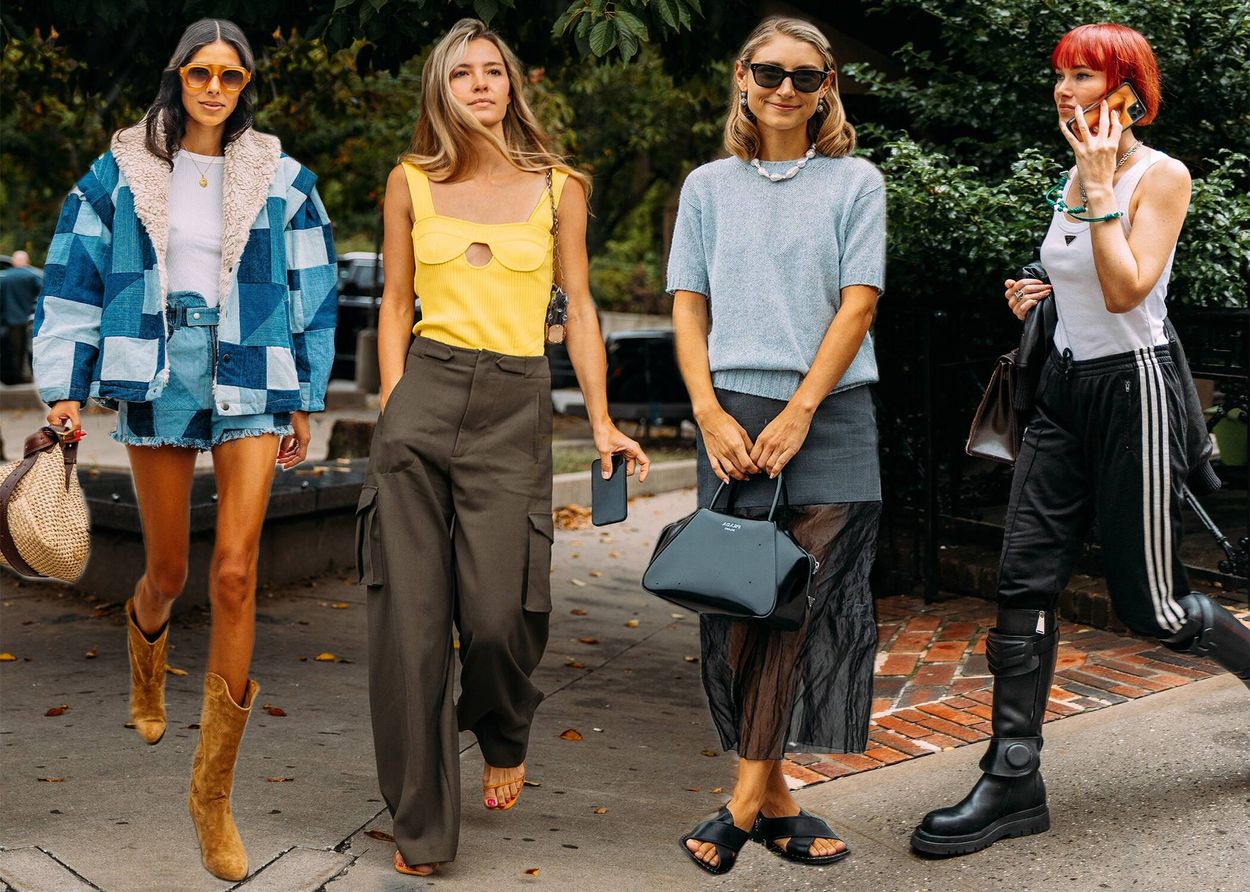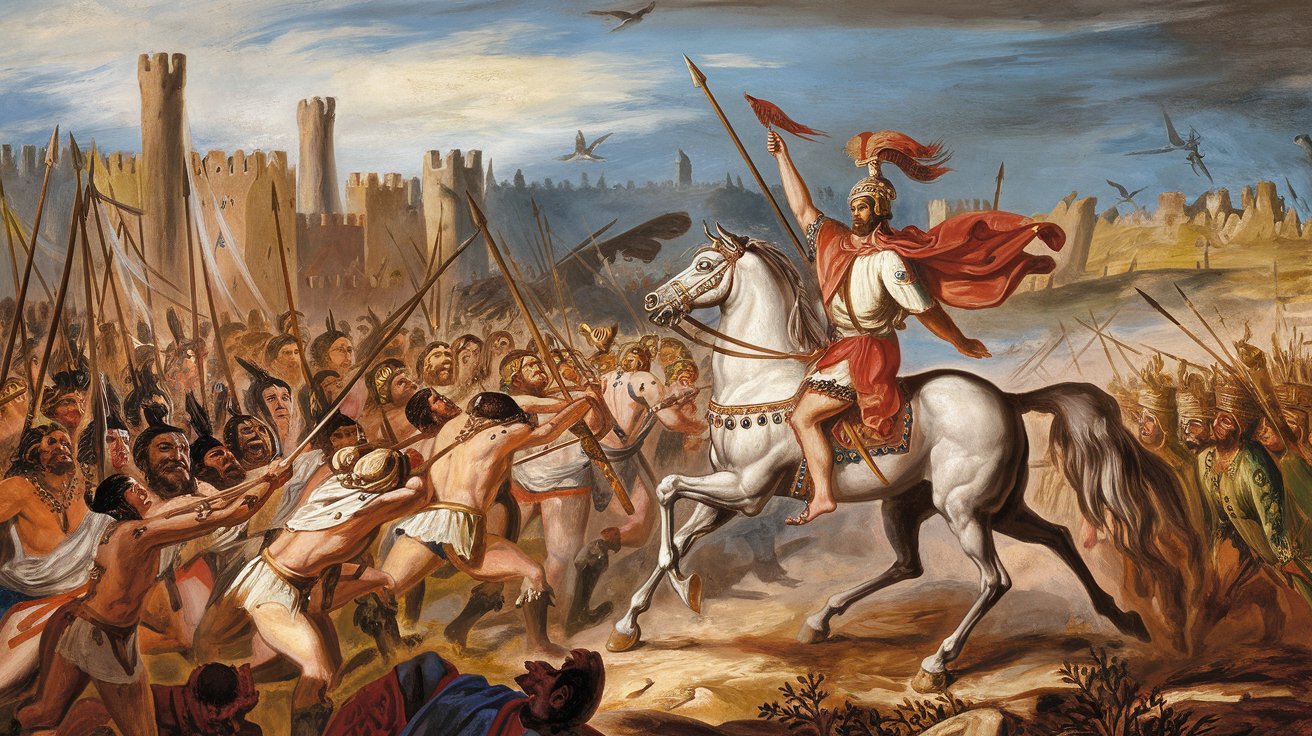
Style is more than just clothes; it's a way to express yourself without saying a word. Ever wondered why some people always look effortlessly cool? Confidence plays a huge role, but knowing a few style facts can help too. From the history of denim to the psychology behind color choices, there's a lot to learn. Did you know that the little black dress became iconic thanks to Coco Chanel? Or that the first fashion magazine was published in Germany in 1586? Whether you're a fashion newbie or a seasoned trendsetter, these 35 facts will give you a fresh perspective on style. Ready to dive in? Let's get started!
Key Takeaways:
- Fashion reflects society's values and history. From corsets to denim jeans, each style has a story to tell about cultural movements and technological advancements.
- Sustainable fashion is on the rise. Brands like Patagonia and Stella McCartney lead the way in eco-friendly practices, while second-hand shopping offers a stylish and sustainable alternative.
The Evolution of Style
Fashion has always been a reflection of society's values, culture, and history. Let's explore some fascinating facts about the evolution of style.
- The first fashion magazine, "Le Mercure Galant," was published in France in 1672. It set the stage for modern fashion journalism.
- Corsets, popular in the 16th century, were designed to shape the torso into a desired silhouette. They often caused health issues due to their tightness.
- The miniskirt, a symbol of the 1960s, was introduced by British designer Mary Quant. It represented women's liberation and youth culture.
- Denim jeans, originally workwear for miners, became a fashion staple in the 1950s thanks to Hollywood stars like James Dean.
- The little black dress, popularized by Coco Chanel in the 1920s, remains a timeless wardrobe essential.
Iconic Fashion Designers
Certain designers have left an indelible mark on the fashion industry. Here are some key figures who revolutionized style.
- Coco Chanel introduced the concept of casual chic, liberating women from corsets and promoting comfort in fashion.
- Yves Saint Laurent created the first women's tuxedo suit, "Le Smoking," in 1966, challenging traditional gender norms.
- Gianni Versace was known for his bold prints and vibrant colors, bringing a sense of glamour to the fashion world.
- Alexander McQueen's avant-garde designs often pushed the boundaries of fashion, blending art with clothing.
- Karl Lagerfeld, the creative director of Chanel for over three decades, modernized the brand while respecting its heritage.
Cultural Influences on Fashion
Fashion is deeply influenced by cultural trends and movements. These facts highlight the interplay between culture and style.
- The hippie movement of the 1960s and 1970s popularized bohemian styles, including tie-dye, bell-bottoms, and fringe.
- Hip-hop culture in the 1980s and 1990s brought streetwear to the forefront, with brands like Adidas and Nike becoming iconic.
- Punk fashion, characterized by leather jackets, ripped jeans, and safety pins, emerged in the 1970s as a form of rebellion.
- The Japanese street fashion trend, Harajuku, is known for its eclectic and colorful mix of styles, often inspired by anime and manga.
- The 1920s "flapper" style, with its short dresses and bobbed hair, symbolized women's newfound freedom and independence.
Fashion and Technology
Technology has significantly impacted the fashion industry, from production to marketing. Here are some ways tech has shaped style.
- The invention of the sewing machine in the 19th century revolutionized clothing production, making it faster and more affordable.
- Synthetic fabrics like nylon and polyester, developed in the 20th century, offered new possibilities for fashion design.
- 3D printing technology allows designers to create intricate and customized pieces, pushing the boundaries of traditional fashion.
- Social media platforms like Instagram have become crucial for fashion marketing, allowing brands to reach a global audience instantly.
- Wearable technology, such as smartwatches and fitness trackers, blends fashion with functionality, catering to modern lifestyles.
Sustainable Fashion
As awareness of environmental issues grows, sustainable fashion has become increasingly important. These facts highlight the shift towards eco-friendly style.
- The fashion industry is one of the largest polluters, contributing to water pollution, waste, and carbon emissions.
- Upcycling, the process of transforming old clothes into new items, reduces waste and promotes creativity.
- Brands like Patagonia and Stella McCartney are pioneers in sustainable fashion, using eco-friendly materials and ethical practices.
- The slow fashion movement encourages consumers to buy fewer, higher-quality items that last longer, reducing the demand for fast fashion.
- Second-hand shopping and clothing rental services are gaining popularity as sustainable alternatives to buying new clothes.
Fashion Around the World
Fashion varies greatly across different cultures and regions. Here are some unique styles from around the globe.
- The traditional Japanese kimono, with its intricate patterns and craftsmanship, is a symbol of cultural heritage.
- India's saree, a long piece of cloth draped elegantly, is worn in various styles across the country, reflecting regional diversity.
- The Scottish kilt, made of tartan fabric, is a traditional garment with historical significance, often worn during ceremonies.
- The Maasai tribe in Kenya is known for their vibrant beadwork and colorful shukas, which are part of their cultural identity.
- The French beret, a soft, round cap, has become a symbol of Parisian chic and is often associated with artists and intellectuals.
Fashion and Identity
Fashion is a powerful tool for expressing identity and individuality. These facts explore the relationship between style and self-expression.
- Subcultures like goth, emo, and grunge use fashion to create a sense of belonging and differentiate themselves from mainstream culture.
- Gender-neutral fashion is gaining traction, challenging traditional notions of gender and promoting inclusivity.
- Personal style blogs and influencers have democratized fashion, allowing individuals to share their unique looks with a global audience.
- Fashion can be a form of political expression, with clothing choices making statements about social and political issues.
- The rise of body positivity has led to more inclusive fashion, celebrating diverse body types and promoting self-acceptance.
The Final Stitch
Fashion isn't just about clothes; it's a reflection of culture, history, and personal expression. From the evolution of denim to the significance of the little black dress, style tells stories that words often can't. Trends come and go, but some pieces remain timeless, like a well-tailored suit or a classic pair of jeans. Accessories, too, play a vital role, adding that extra flair to any outfit. Remember, fashion is about confidence. Wear what makes you feel good, and you'll always be in style. Whether you're a trendsetter or someone who sticks to the basics, there's no right or wrong in fashion. It's all about expressing yourself. So next time you pick out an outfit, think about the story you want to tell. Fashion is your canvas; paint it boldly.
Frequently Asked Questions
Was this page helpful?
Our commitment to delivering trustworthy and engaging content is at the heart of what we do. Each fact on our site is contributed by real users like you, bringing a wealth of diverse insights and information. To ensure the highest standards of accuracy and reliability, our dedicated editors meticulously review each submission. This process guarantees that the facts we share are not only fascinating but also credible. Trust in our commitment to quality and authenticity as you explore and learn with us.


